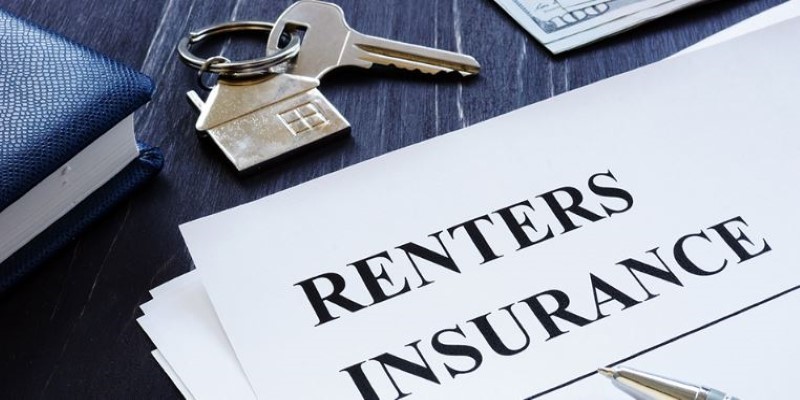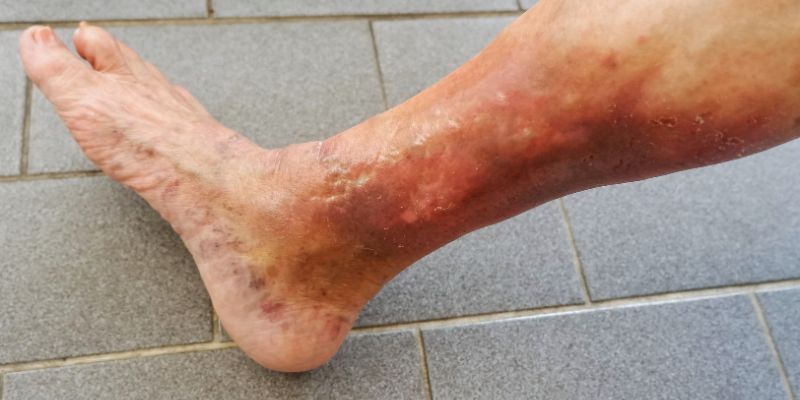Advertisement
Two prevalent skin disorders that afflict many people are psoriasis and keratosis pilaris. Though they seem to be the same, they are very distinct. A persistent autoimmune disorder, psoriasis results in red, irritated patches of skin. Silvery scales might cover these regions. Often known as "chicken skin," keratosis pilaris is a benign disorder whereby tiny, raised pimples show up on the skin, usually on the arms or thighs.
Although both disorders can compromise the appearance of the skin, their causes, symptoms, and treatments differ. Knowing these variations will help you treat and control these disorders more effectively. This guide will discuss the causes, symptoms, and treatment choices for both psoriasis and keratosis pilaris.

Psoriasis is a hyperactive immune system that drives the persistent skin disorder. It causes skin cells to increase quickly, creating thick, red areas coated in silvery scales. One may find these patches on the lower back, elbows, knees, or scalp. Though it causes itching, agony, and discomfort, psoriasis is not contagious. Although the precise reason is unknown, environmental stimuli, including stress, illnesses, or specific medications, as well as heredity, have a part.
Keratosis Pilaris is a benign skin disorder marked by tiny, rough lumps, often known as "chicken skin." These lumps usually show up on the upper arms, thighs, cheeks, or buttocks. The disorder results from keratin, a protein found in the skin that blocks hair follicles. Though it might linger into maturity, it is most common in children and teenagers. Dry skin, particularly in cooler months, can aggravate the disease.
Here are the common causes of Psoriasis and Keratosis Pilaris:
Overactive immune systems that mistakenly target healthy skin cells cause psoriasis. This condition causes a fast generation of skin cells, which results in thick, scaly patches. Skin cells typically shed in weeks, but with psoriasis, they accumulate in just a few days. Though the precise reason is unknown, environmental triggers and genetic elements do play a part. Symptoms may get worse with stress, infections, some medications, and cold weather. Though it doesn't spread, psoriasis often runs in families.
A natural protein called keratin accumulates to form keratosis pilaris, which shields the skin. This accumulation clogs hair follicles, giving the surface of the skin little, rough lumps. It usually affects the arms, thighs, and cheeks. Often inherited, the disorder is more likely in those with a family history. It can get worse with dry skin, hormonal fluctuations, and chilly conditions. Although keratosis pilaris is benign, regular moisturizing and mild exfoliation can help to smooth the skin and lessen the bumps.

The common symptoms of Psoriasis and Keratosis Pilaris are listed below:
Psoriasis can vary in severity. The most common symptoms include:
Though it can affect any part of the body, these patches most often show on the elbows, knees, scalp, and lower back. Sometimes, psoriasis causes nail issues like pitting or discoloration, as well as joint pain, sometimes referred to as psoriatic arthritis.
Keratosis pilaris typically causes:
Usually appearing on the upper arms, thighs, back, or face, the lumps are usually benign. Though sometimes ugly, they are usually benign. Sometimes, the dry skin in colder months makes the lumps more obvious.
Although psoriasis is a chronic illness, some therapies can help control symptoms. Treatment aims to lower inflammation, slow down skin cell turnover, and therefore improve discomfort.
Usually a benign disorder, keratosis pilaris disappears with aging for many people. If the sight of the bumps concerns you, many procedures might help:
Psoriasis and keratosis pilaris are ultimately separate skin disorders with different causes, symptoms, and treatments. A chronic autoimmune condition, psoriasis calls for long-term treatment to lower inflammation and ease symptoms. Though benign, keratosis pilaris can be cosmetically treated to provide more perfect skin. Knowing these disorders enables one to choose suitable therapies and follow a good skincare schedule. Regular moisturizing, avoiding triggers, and consulting a healthcare provider for severe issues will help greatly enhance skin health and quality of life.
Advertisement

By Sean William/Jan 01, 2025

By Georgia Vincent/Nov 05, 2024

By Kristina Cappetta/Oct 18, 2024

By Celia Kreitner/Oct 14, 2024

By Noa Ensign/Oct 18, 2024

By Nancy Miller/Oct 18, 2024

By Alison Perry/Oct 18, 2024

By Martina Wlison/Dec 26, 2024

By Darnell Malan/Dec 25, 2024

By Christin Shatzman/Jan 01, 2025

By Aldrich Acheson/Oct 31, 2024

By Elena Davis/Jan 02, 2025